Samsung Galaxy S6 vs Apple iPhone 6: in-depth specs comparison
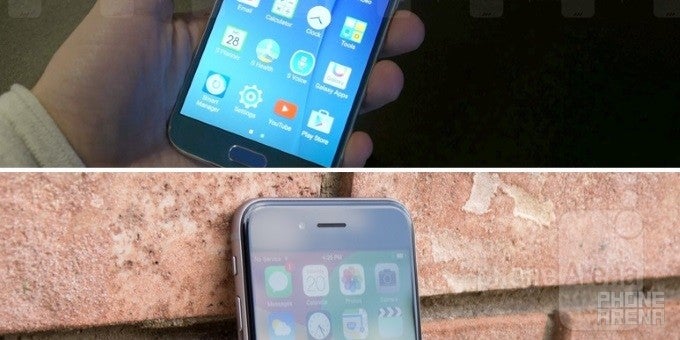
Introduction
Design
"Entirely redefined." This is what Samsung calls its new flagship smartphone, and it's for a good reason. For the first time ever, devoted Galaxy S owners won't be holding creaky plastic in their hands. Their fingers will finally get to know what a blend of premium materials feels like, as the Galaxy S6 is carefully crafted from metal and glass. Covered fully in super-tough Gorilla Glass 4, and rocking a sculpted aluminum frame, the smartphone is a total looker. You don't necessarily have to be infatuated with it, but there's certainly a lot to appreciate here! Not only is the Galaxy S6 full-on premium, but it will also come in a four lively colors. But how will it sit in your palm? Well, dimensions-wise, the Galaxy S6 measures 5.64 x 2.79 x 0.27 inches (143.3 x 70.81 x 6.8 mm), which means it won't sit in there much worse than the iPhone 6 does - and that's despite the bigger display it has!
Onto Apple's crown jewel. You and we know the song about its immaculate design by heart. The polished anodized aluminum, the smooth laminated display, and the shiny Apple on its back - the iPhone 6 is the best the iPhone ever looked! But it has to be noted that the Galaxy S6 has an important safety advantage with that Gorilla Glass 4 covering its front and back. A safety advantage that's also aesthetically pleasing - how very rare! The iPhone 6's dimensions are 5.44 x 2.64 x 0.27 inches (138.1 x 67 x 6.9 mm), which undeniably contributes to its excellent look and portability. Alas, it is sold only in gray, silver, and gold - superb colors, but rather limited, still!
Display
Android flagships don't get released unless they pack the most cutting-edge technology available for mass production at the moment. Apple flagships don't get released unless they squeeze the absolute maximum out of the most cost-effective technology available for mass production at the moment. This explains, among other things, why the Samsung Galaxy S6 and iPhone 6 have completely different displays at the heart of their user experience. Let's start with the Galaxy S6. This thing rolls with a Quad-HD (1440x2560) resolution AMOLED display that packs a whopping 3,686,400 pixels on a panel that's 5.1 inches by diagonal! This results in a mind-boggling pixel density of 576 pixels per inch.
Do you really need to reach for such extreme heights in order to be successful? The iPhone 6 begs to differ - it has a 4.7-inch IPS LCD screen with a resolution - 750x1334 - that seems laughably low in comparison. Its pixel density is "only" 326 PPI. But this isn't Apple lagging behind. It's Apple not rushing to introduce expensive new technology before it makes business and practical sense. Samsung gives everyone many more display and more pixels for their money, but the question is - do you really need those extra pixels? We'd rather let everyone come up with their own answer. The key point of this discussion is - both smartphones have wonderful high-quality displays that you'd love to rest your eyes upon.
Processor and memory
Raw spec comparisons between Android and iOS devices never made sense, because the two operating systems have vastly different architectures. Software optimization explains why an iPhone 6 with its dual-core 1.4GHz processor and 1GB of RAM can stand up to the Samsung Galaxy S6 and its monstrous 2.1GHz octa-core Exynos 7420 chipset (that's also paired with 3GB of super-fast LPDDR4 RAM) for all tasks that don't throw 4K video in the equation. However, Samsung might have nurtured a serious performance advantage in the Galaxy S6's UFS 2.0 flash storage. Said to be 2.7 times faster than the current NAND flash memory standard, it could bring a tangible improvement to app and content load times over all smartphones that still sport the older standard. In terms of built-in storage memory, both the iPhone 6 and Galaxy S6 have up to 128GB of the stuff - non-expandable via microSD card, sorry.

Interface
At this point, comparing TouchWiz-skinned Android and Apple's iOS is, for the most part, pointless. They are two of the most popular operating systems in existence! You know full well what to expect from them. That's why we're going to focus on something different - it's called Samsung Pay. Yes, those rumors of Samsung working up a competitor to Apple Pay blossomed into truth! Samsung Pay, touted by yours truly as an "easy to use mobile payment service that will be compatible with more locations than any competing offering in a single application", is set to launch in the United States in the second half of 2015. It hopes to one-up Apple Pay with Samsung KNOX-protected fingerprint scanning and advanced tokenization security.
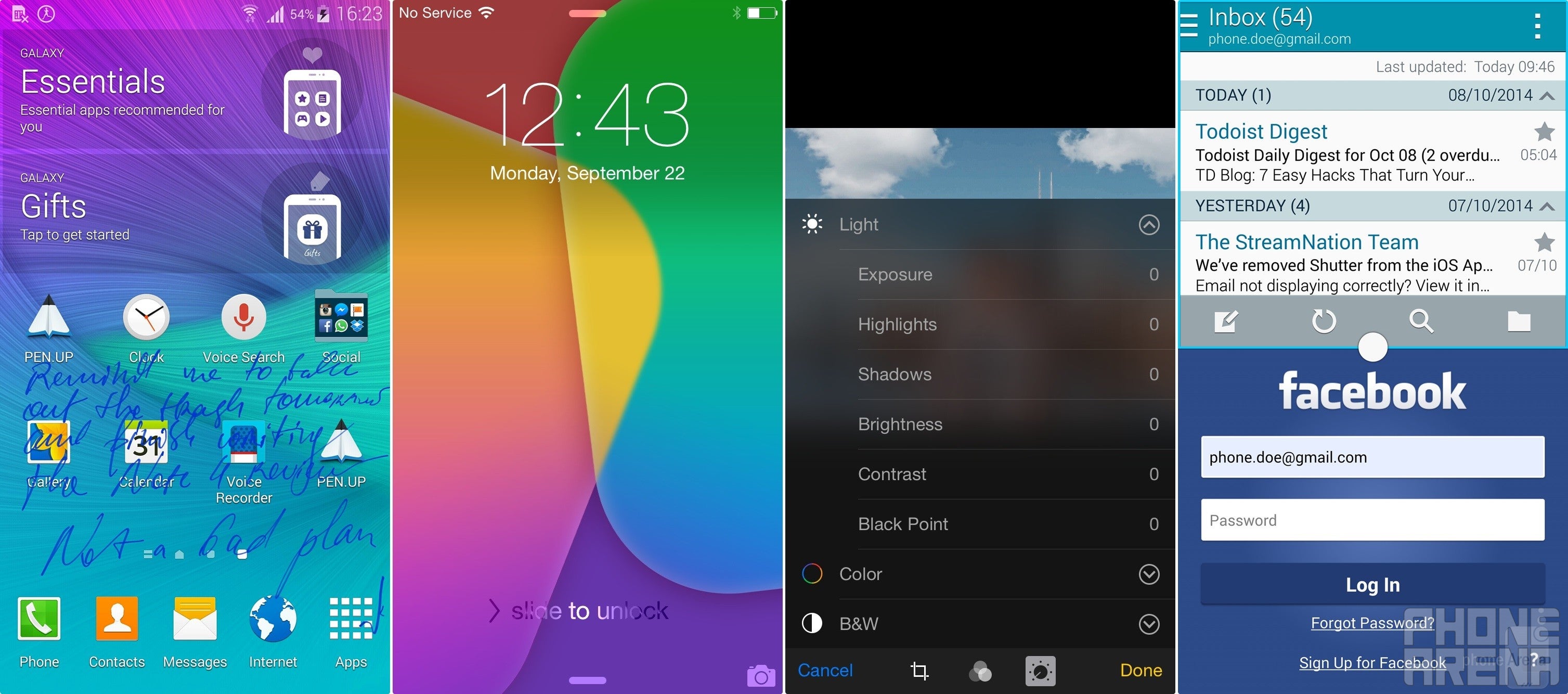
Samsung TouchWiz vs iOS 8
The system works with both NFC and MST (magnetic secure transmission) terminals and is "device, merchant, and card issuer agnostic" - which probably means that it's supposed to work almost anywhere, with almost all terminals and merchants in the USA. Apple Pay is already successful on the US market, so we're rather curious whether Samsung Pay will be able to successfully attack its niche!
In addition, the Galaxy S6 features a heart-rate sensor, which is able to measure your pulse or double as a shortcut for camera-related functions.
Camera
For better or worse, those 20MP camera rumors didn't pan out in the Samsung Galaxy S6. The smartphone comes with a sizeable 16MP dual-flash unit on the back instead, while the front cam has been upgraded to 5 megapixels. The camera boasts Auto Real-Time HDR, Smart Optical Image Stabilization, and IR Detect White Balance features for advanced light sensitivity. In addition, it's got a brand-new 'Quick Launch' gesture which lets users simply double-press the home button and launch the camera app in 0.7 seconds (yes, Samsung measured it). Having had a great ride with the Galaxy Note 4's 16MP camera, we can't wait to take the Galaxy S6 out on a low-light photo taking spree!
The iPhone 6, meanwhile, packs just an 8-megapixel main camera and a 1.2-megapixel FaceTime front camera. Megapixels aren't all that make or break a digital camera, though. The iPhone 6's camera is tuned and optimized to take remarkably sweet photos that nail the right balance between natural and artificially-sweetened colors. It also fares pretty good in the low-light shooting department, and takes pictures very quickly. In other words, it gives you everything you want from a point-and-shoot cam, but if you want larger photos and 4K video shooting, you'll have to pick up the Galaxy S6 (or an equivalent).
Battery life
The Samsung Galaxy S6 packs a 2550mAh unit, which sounds a bit less reassuring than we'd like it to. A few hundred milliamperes more would have made things seem a little brighter, but still, it will be our proprietary battery test which will have the honor of telling us how many hours of on-screen time this baby will get you. In addition, the Galaxy S6 comes with fully embedded wireless charging, working with any wireless pad on the market that supports WPC and PMA standards. Not only that, but Samsung also developed a fast wired charging solution that's able to give you 4 hours of usage after just 10 minutes on the charger. Once again, we'll have to see about that.
As for the iPhone 6, Apple's flagship's strengths and weakness in the battery department are very clear at this point. Its 1810mAh battery is good for 10 days of standby time, 14 hours of 3G talk time, and an unimpressive 5 hours and 22 minutes on on-screen time in our battery test. It doesn't have wireless charging, neither a quick charging solution - and we think it's high time Apple figured something out to enable the latter.
Expectations
The Samsung Galaxy S6 will be sold globally from April 10, in 32/64/128GB variants. At a glance, it's one of the best competing products the iPhone 6 is about to face this year, and if Samsung prices its flagship right, it might have a chance to win people back for the Galaxy S smartphone, the model citizen of Android phones. Those who don't have an iPhone 6, or aren't lusting after one, that is.

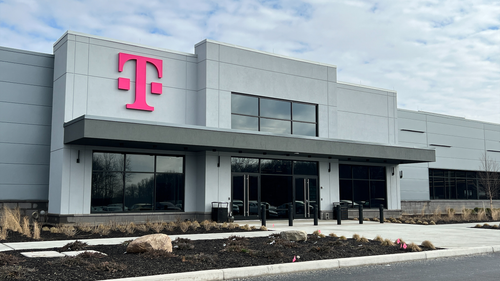
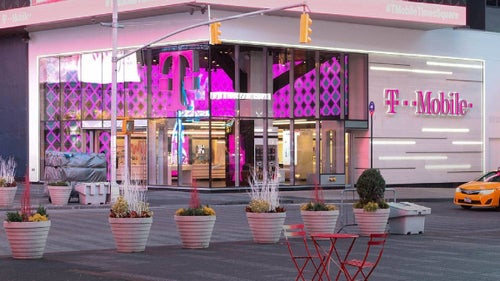
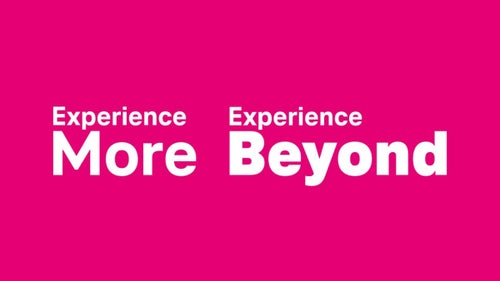
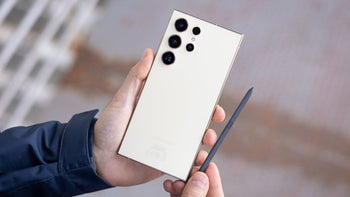


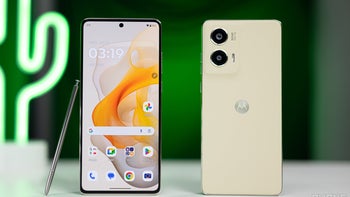
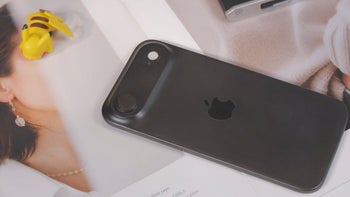
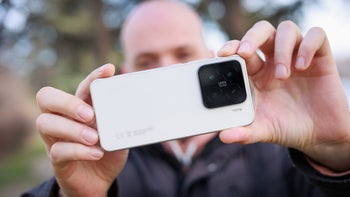
Things that are NOT allowed: